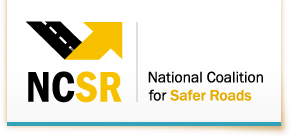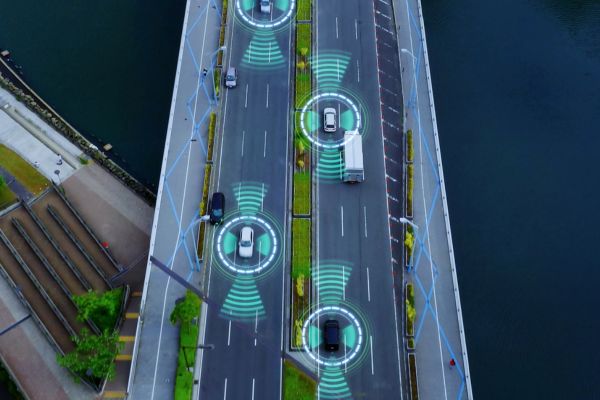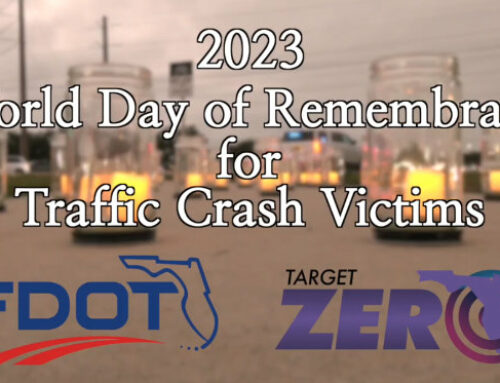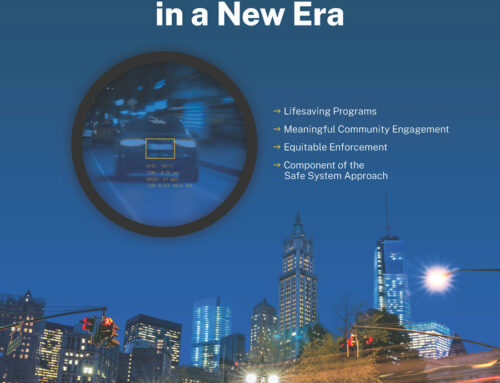Traffic safety is a critical concern in 2023 for individuals, communities, and policymakers alike. With the increasing number of vehicles on the road and the potential risks associated with transportation, it is vital to prioritize effective measures that enhance road safety. This blog article aims to explore the key strategies and innovations being implemented to address traffic safety in 2023. By delving into the latest advancements in technology, policy changes, and educational initiatives, we can better understand the path towards a safer future on the roads.
Traffic Safety in 2023
The impact of vehicle crashes, injuries, and fatalities cannot be overlooked, making traffic safety a significant priority this year for many organizations as well as individuals. Each year, countless lives are affected by incidents that could have been prevented through improved safety measures. By examining the current challenges and highlighting innovative solutions, you can get a better of understanding of the crucial role of traffic safety in ensuring the well-being of people using our roadways.
Current Challenges in Traffic Safety
Rising Traffic Congestion and its Implications
The issue of traffic congestion continues to pose significant challenges to traffic safety in 2023. As urban areas expand and populations grow, the roads become increasingly crowded, resulting in longer travel times and heightened frustration among drivers. This congestion not only leads to wasted time and increased stress but also raises the risk of crashes. Let’s examine the implications of rising traffic congestion and the need for effective solutions to mitigate its impact on road safety.
Distracted Driving: A Major Concern
Distracted driving remains a major concern in 2023, contributing to a significant number of crashes on the roads. The distractions can range from mobile phone usage to in-car technologies that divert drivers’ attention away from the task at hand.
The following are the biggest causes of distracted driving, according to various sources:
- Cell phone use: Talking and texting on cell phones while driving is one of the most common causes of distracted driving crashes. In fact, the National Safety Council estimates that 26% of all car crashes involve cell phones.
- Daydreaming: Daydreaming or being lost in thought is another common cause of distracted driving.
- Rubbernecking: Rubbernecking, or looking at something outside the vehicle, is a common cause of crashes.
- Talking with passengers: Engaging in conversation with passengers in the vehicle can be a distraction.
- Eating and drinking: Eating and drinking while driving can take a driver’s attention away from the road.
- Adjusting vehicle controls: Adjusting audio or climate controls can be a distraction.
- Using electronic devices: Using electronic devices such as GPS systems or music players can be a distraction.
- Moving objects in the vehicle: Moving objects such as insects or pets in the car can take a driver’s attention away from the road.
- Smoking: Lighting a cigarette, smoking, or putting it out can be a distraction.
- Zoning out: Zoning out or not paying attention to the road is another common cause of distracted driving.
It is important to remember that anything that takes a driver’s attention away from the road can be a distraction and increase the risk of a crash.

Innovations and Technologies Revolutionizing Traffic Safety
Advanced Driver Assistance Systems (ADAS)
In recent years, advanced driver assistance systems (ADAS) have emerged as a game-changer in traffic safety. ADAS technologies, such as lane departure warning, automatic emergency braking, and adaptive cruise control, are revolutionizing the way we approach road safety. This section will dive into the effectiveness of ADAS in preventing crashes, highlighting real-life examples where these technologies have proven to be lifesavers.
Connected Vehicles and Smart Infrastructure
The integration of connected vehicles and smart infrastructure holds immense potential for enhancing traffic safety. Through vehicle-to-vehicle (V2V) and vehicle-to-infrastructure (V2I) communication, these technologies facilitate real-time data exchange, enabling vehicles and infrastructure elements to coordinate and respond to potential hazards swiftly. In this section, we will discuss how connected vehicles and smart infrastructure enable proactive crash prevention and increase overall road safety.
Policy Changes and Advocacy Efforts
Strict Enforcement of Traffic Regulations
Policy changes aimed at implementing stricter enforcement of traffic regulations may play a pivotal role in improving road safety. By ensuring compliance with speed limits, seatbelt usage, and other vital traffic rules, it’s possible to reduce the risk of crashes and injuries.
Pedestrian and Cyclist Safety Initiatives
Promoting the safety of pedestrians and cyclists is an essential aspect of traffic safety in 2023. Efforts are being made to enhance infrastructure and create designated bike lanes to protect vulnerable road users. Alongside infrastructure improvements, public awareness campaigns are raising consciousness about the importance of sharing the road and fostering a culture of respect.
Education and Awareness Campaigns
Promoting Responsible Driving Behavior
Education and awareness campaigns play an important role in promoting responsible driving behavior and building a culture of safety on the roads. These campaigns serve as powerful tools for educating drivers about the potential risks associated with aggressive driving, speeding, and impaired driving. They aim to create a shift in attitudes and behaviors by emphasizing the importance of safe driving practices.
Through impactful messaging and creative initiatives, education and awareness campaigns raise consciousness about the consequences of irresponsible driving. They highlight the potential dangers not only to the drivers themselves but also to their passengers, pedestrians, and fellow road users. By shedding light on the real-life stories of those affected by crashes caused by reckless driving, these campaigns provide a sobering reminder of the importance of responsible behavior behind the wheel.
Moreover, these campaigns go beyond just informing drivers about the risks. They also provide practical tips and strategies for safe driving, such as maintaining appropriate following distances, using turn signals effectively, and avoiding distractions. By empowering drivers with knowledge, these campaigns equip them with the tools needed to make responsible decisions on the road.
Education and awareness campaigns are not only aimed at drivers but also target other road users, including pedestrians and cyclists. They seek to foster mutual respect and understanding among all individuals sharing the road, emphasizing the need for cooperation and adherence to traffic rules.
By supporting and actively participating in these campaigns, individuals can contribute to creating a safer road environment for everyone. Whether it’s attending local safety events, spreading the word on social media, or simply being a role model driver, every effort counts. Together, we can make a significant impact on traffic safety and ensure that our roads are safe and welcoming spaces for all.






